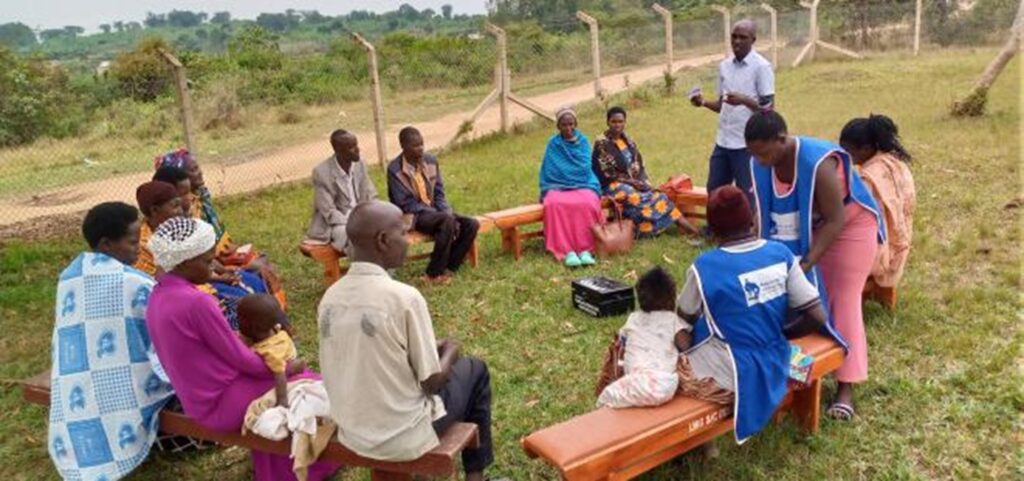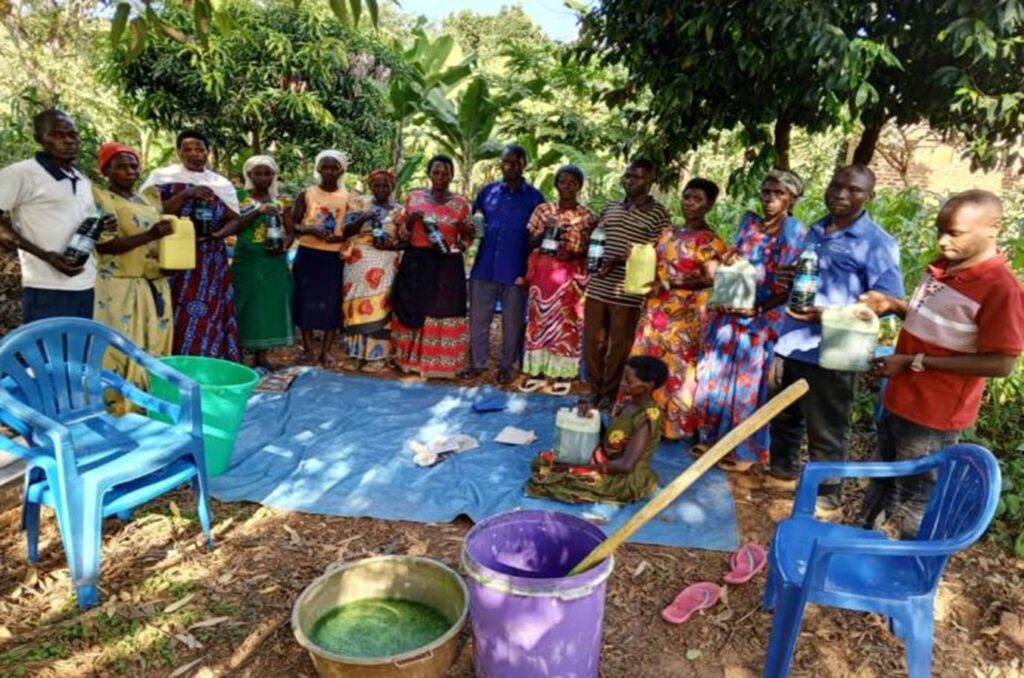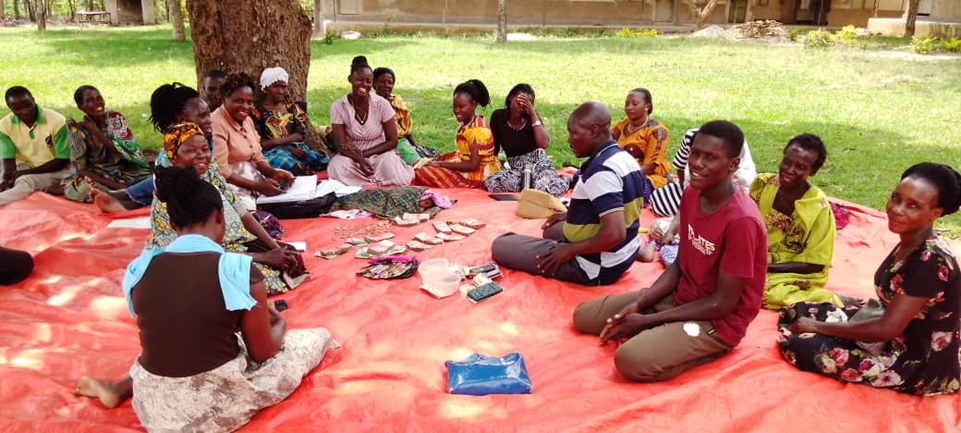
USAID Keeping Children Healthy and Safe (KCHS) Project
The REPSSI Uganda project, under the USAID KCHS Project, is funded by USAID/PEPFAR and aims to address the HIV-related vulnerabilities of targeted beneficiaries, including children living with HIV (CLHIV), adolescents, survivors of sexual violence, and children of female sex workers in Southwestern Uganda. The project seeks to prevent new HIV infections, reduce vulnerability, and improve access to critical services. Key issues include economic insecurity, limited access to HIV care, and social violence. The project is implemented in Lyantonde, Rakai, Kyotera, and Lwengo districts, from 2020 to 2027.
OUR PROGRAMMING
The Keeping Children Healthy and Safe (KCHS) Project aims to prevent new HIV infections and reduce vulnerability among orphans, vulnerable children, and adolescents in Southwestern Uganda. Its purpose is to improve coordination of community-based clinical and socio-economic services, linking children and caregivers to essential support. The project's goal is to enhance the health, education, and resilience of 110,215 vulnerable children and their families. Key objectives include economic empowerment, strengthening local government capacity, and improving service coordination. Activities include supporting Savings and Internal Lending Communities (SILC), providing market linkages and agro-enterprise training, promoting violence prevention models, and addressing barriers to HIV testing and treatment.

Capacity building

The project focused on capacity building for local government personnel, community leaders, and caregivers. Local government staff were trained in child protection, case management, HIV care, and service coordination. This training improved their ability to respond to child protection cases and ensure access to HIV care. According to one local government official, "The training has enhanced our skills in managing cases, especially for vulnerable children. We can now make more informed decisions." Another added, "We've learned how to integrate HIV care into community services, improving access for those in need." These improvements have strengthened local responses, benefiting the project's beneficiaries.
Interventions for Beneficiaries
The project is having a significant impact on the lives of beneficiaries, particularly through training and capacity-building efforts. Beneficiaries, including caregivers and youth, are learning valuable skills such as financial literacy, HIV care, and child protection. A caregiver shared, "Through the SILC training, I’ve been able to save and take loans for my children’s education. It’s changed our lives." Youth trained in agro-enterprise and skills development are now supporting their families financially. A youth participant noted, "The apprenticeship has helped me get a job, and now I can provide for myself and my family." Local government officials trained in case management and child protection have become more effective in addressing the needs of vulnerable children. As one said, "We now have the knowledge and tools to better protect and support children in our community." This comprehensive approach is improving the well-being and resilience of families.
What we are learning
As the project has progressed, we’ve learned the profound impact of holistic interventions on vulnerable communities. One significant achievement is the Savings and Internal Lending Communities (SILC), where 15,200 caregivers have saved an estimated 4 billion UGX. These savings have helped families invest in their children’s education and healthcare. As one caregiver shared, "I used the money I saved to start a small business, and now I can support my children better." We’ve also seen positive outcomes for youth, with over 100 completing apprenticeships and finding employment. One youth participant expressed, "The apprenticeship has helped me learn a trade, and now I can support my family." The project has reached over 1,000 children with child protection services. A community leader said, "We’ve learned how to address cases of abuse more effectively." In terms of health, 93% of people supported by the project have achieved viral load suppression. A caregiver shared, "My child’s health has improved because of the ART, and I’m confident we’ll manage the virus." Additionally, 100% of beneficiaries are on ART, and 5,000 boys have been reached by the No Means No program, raising awareness about consent and gender-based violence. One boy remarked, "I now understand how to respect boundaries and say no to violence."
